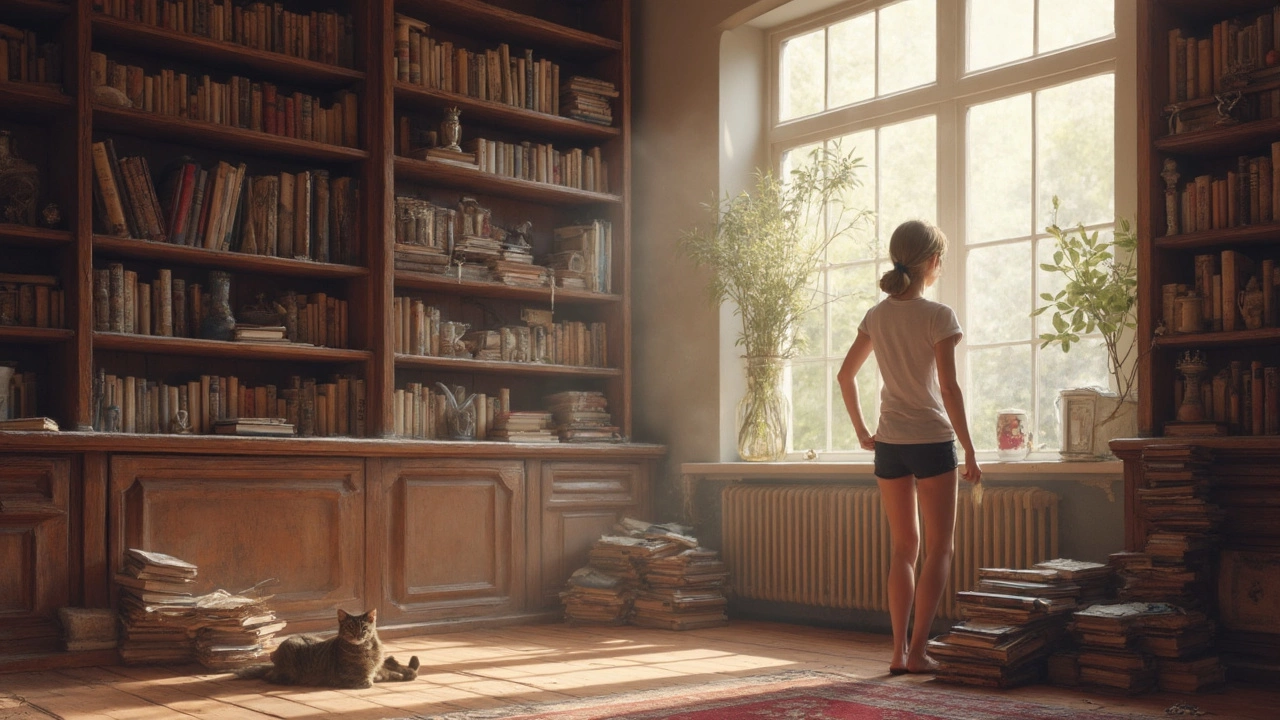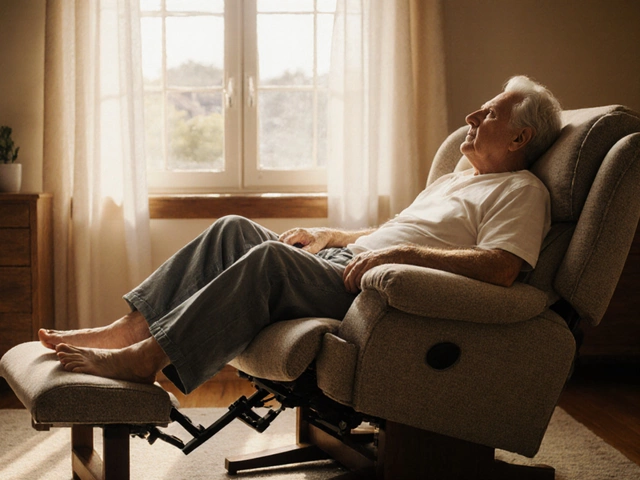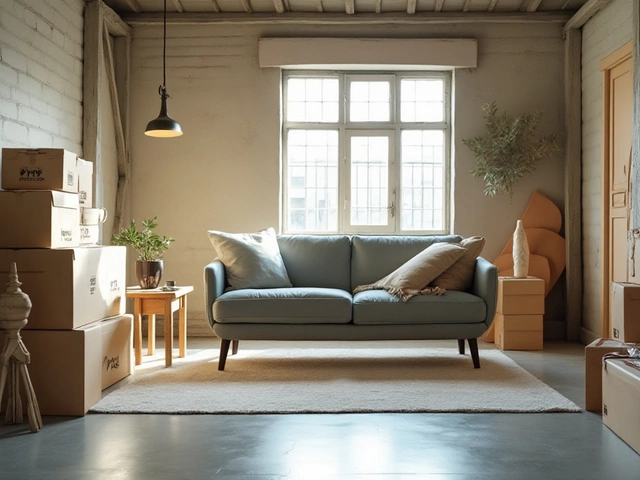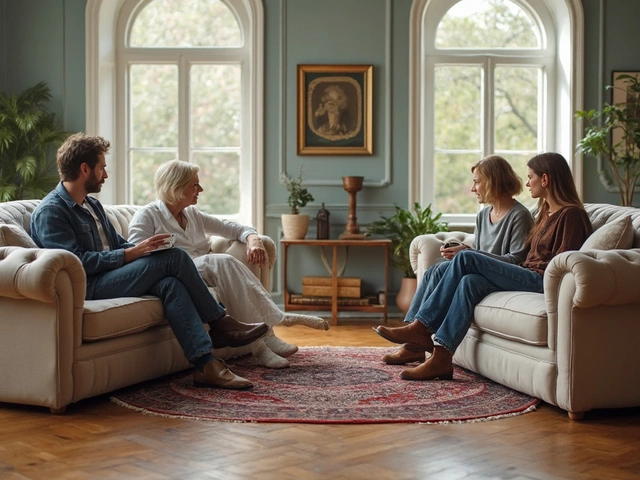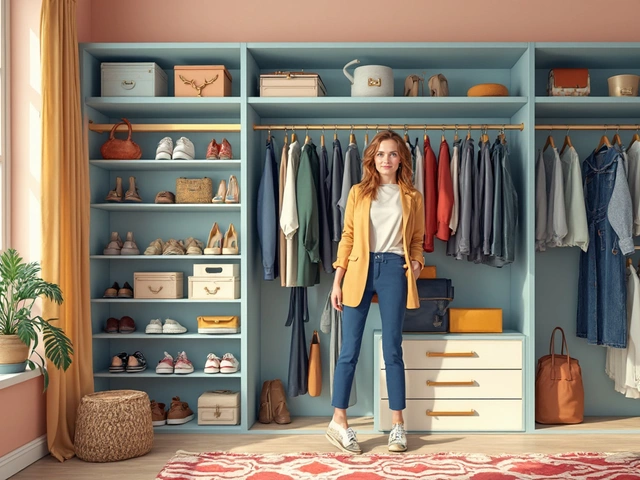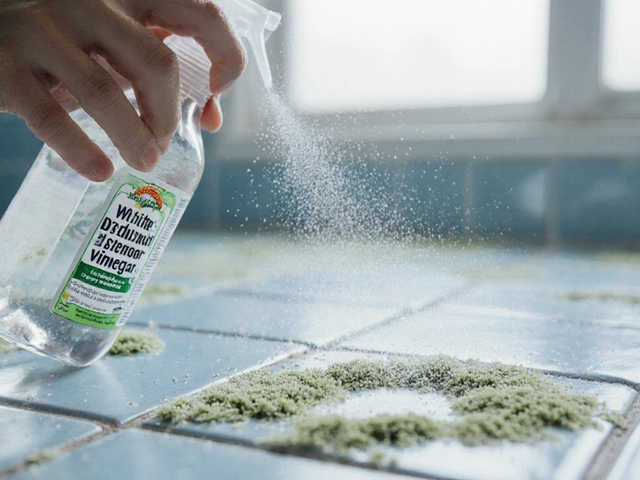Bookshelves for Schools – Smart Storage Solutions
When you walk into a well‑organized classroom, the first thing you notice is how the books sit neatly on sturdy shelves. Good bookshelves do more than hold textbooks; they create space for learning, protect resources and make a room feel calmer. At Zoot Educational Furniture we design shelves that fit the hustle of schools while staying sleek enough for any decor.
Why Choose Quality Bookshelves?
Cheap shelves wobble, bend and eventually break, forcing you to replace them often – a waste of time and money. Solid wood or reinforced metal frames give you strength, while rounded edges keep kids safe. A quality finish resists scratches and cleaning chemicals, so a spill won’t ruin the look. When the shelves hold up, teachers spend less time fixing furniture and more time teaching.
Tips for Choosing the Right Bookshelf
1. Measure the space. Sketch the wall, note the height, width and any windows or doors. Leave at least a few inches on each side for easy access.
2. Think about load. Heavy textbooks need deeper shelves and stronger brackets. Light reading material can go on thinner, higher rows.
3. Adjustability matters. Shelves that swing up or down let you re‑arrange as the curriculum changes. It also helps younger kids reach the books they need.
4. Pick a finish that matches the room. Light wood brightens a small space, while dark fibreboard hides wear in busy areas. Choose a colour that blends with chairs and desks for a cohesive look.
5. Plan for safety. Anchor tall units to the wall to prevent tipping. Rounded corners, non‑slip bases and rounded hardware keep accidents down.
At Zoot we also offer modular systems that grow with your school. Start with a low unit for primary rooms and stack higher modules for secondary classrooms. The same design language runs through all pieces, so the hallway feels connected to the library.
Remember the “50 page book rule”: a shelf that looks full but actually holds only 50 pages of reading can feel cramped. Aim for a balanced look – leave breathing room between books so kids can see titles and pull them out without fuss.
Finally, involve teachers in the selection process. They know which subjects need quick access and which shelves will see the most traffic. A small tweak, like adding a pull‑out bin for worksheets, can turn a plain bookshelf into a teaching aid.
Good bookshelves are an investment in a smoother, more focused classroom. Pick solid construction, adaptable design and a finish that suits your school’s style, and you’ll see the difference day after day.
